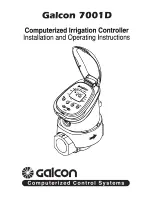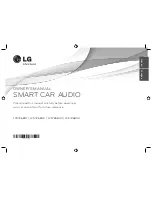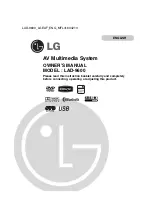
Getting Started
24
Navigation System
Viewing Flow Data
Traffi c fl ow data is displayed as colored
bands on either side of the freeway (see
Traffi c Display Legend on page 22 ).
The different colored bands represent
the average road speeds as determined
by under-road sensors and other probes.
While driving to your destination on
a road that has traffi c fl ow data, your
route line color is used to display the
traffi c fl ow data. This means that
when the map scale is set to one of
the traffi c scales (1/20 through 5 mile
scale), your blue route line may appear
as alternating orange, red, or green
segments (see Traffi c Display Legend
on page 22 ).
NOTE:
A blue route line segment on a freeway
can mean one of two things:
• Under-road sensors, GPS probes,
cell phone probes, and other
methods used to collect traffi c speed
information indicate free fl ow traffi c.
• The road has no sensors, and traffi c
conditions are unknown (they could
be congested).
Naturally, only roads with these sensors
will show traffi c information. The
amount of fl ow data varies considerably
from one city to another. This map
display is refreshed continuously. You
can only view traffi c information in the
city where you are located.
NOTE:
• Traffi c fl ow and incident icons are
displayed on the 5 miles (8 km) or
less map scale.
• Not all freeways within a
metropolitan area have traffi c fl ow
data (colored bands on the side of
the freeways) - this is normal, and
you cannot assume that a lack of
data implies no traffi c.
• Not all cities have traffi c fl ow
information. See cities listed on page
140 .
• Due to freeway maintenance and
construction, traffi c fl ow may be
available only for one side of a
road, or be missing entirely for some
portion of the freeway.
• The displayed traffi c fl ow may
confl ict with other audio- or Internet-
based traffi c information.
• If traffi c fl ow is not showing, verify
that the “TRAFFIC” selection for
the Icon Bar is ON, and that the icon
options for traffi c are both ON (see
page 68 ).
















































